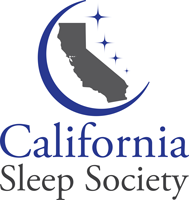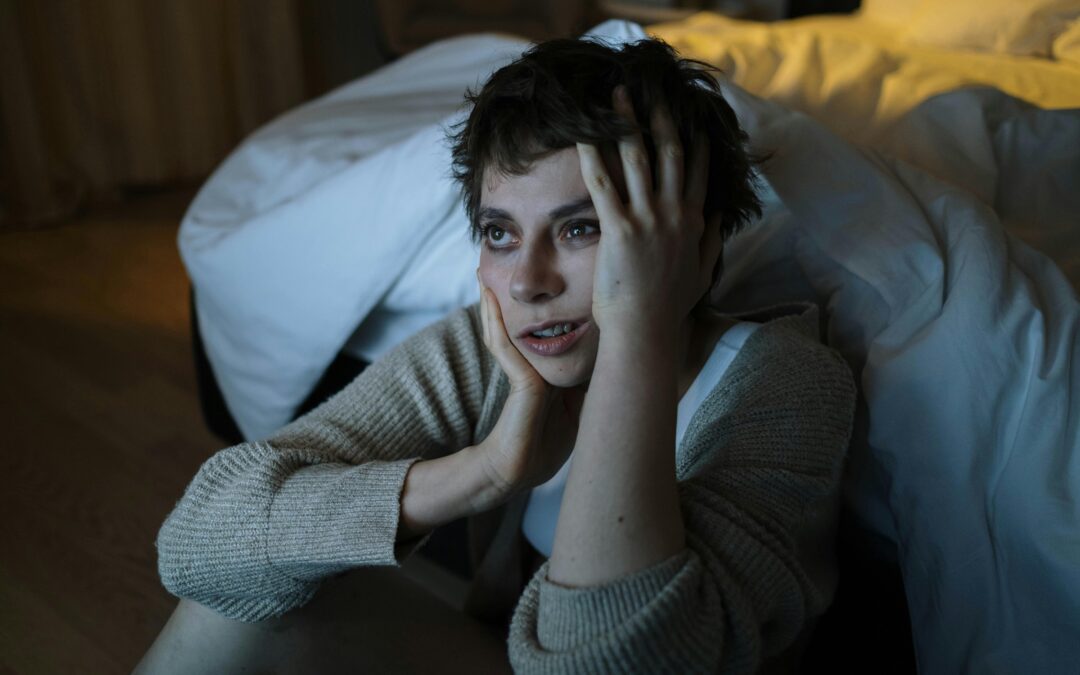By: Sam A. Kashani, MD, California Sleep Society President-Elect
If sleep disorders could be represented by a solitary scale of sleep-wake dysfunction, insomnia and narcolepsy would seemingly represent two opposite ends of this scale. One may assume that a person who feels overwhelmingly somnolent throughout the daytime would likely have no difficulty with nocturnal sleep, and yet insomnia may be the most commonly underestimated symptom experienced by people with narcolepsy. Recalling our definition of insomnia as any difficulty with sleep initiation, sleep maintenance, or both, people with untreated narcolepsy often experience any one of these patterns of insomnia, which, apart from posing a diagnostic challenge for the clinician evaluating them, can most certainly exacerbate their other narcolepsy symptoms including recurrent sleep paralysis, sleep-wake transitional hallucinations, and, of course, daytime hypersomnolence.
Until now, there have been multiple studies characterizing common nocturnal sleep disturbances in people with narcolepsy, with nocturnal sleep fragmentation being a relatively more commonly reported sleep pattern such that the person may not have prolonged latency to falling asleep, or prolonged awakenings cumulatively robbing them of sleep time, but rather ‘light and broken‘ sleep with frequent awakenings throughout the sleep period, resulting in poor quality sleep and exacerbation of daytime sleepiness. This pattern is somewhat different from the classic insomniac who experiences prolonged windows of wakefulness either in the beginning and/or middle of the night, resulting in chronic sleep insufficiency. Nevertheless, one must keep in mind, that the same cognitive and behavioral factors that perpetuate prolonged periods of wakefulness at night are factors that can affect the sleep of someone with narcolepsy as well. In other words, just because a person has a condition characterized by constant sleepiness throughout the 24-hour period, does not imply that anxiety, rumination, and poor sleep hygiene, can’t affect their sleep quality and duration as well. Moreover, in some cases the suspicion for narcolepsy may not be particularly high until the component of disrupted nighttime sleep is treated/resolved and the person’s daytime sleepiness persists despite adequate and consistent nocturnal sleep. Given that the textbook REM sleep phenomena of recurrent hypnagogic/hypnopompic hallucinations and sleep paralysis can all occur in the healthy person as a result of sleep deprivation, it is of the utmost importance that patients presenting with such symptoms be followed for clinical improvement following stabilization of their nocturnal sleep patterns to ensure resolution of both their daytime and nighttime symptoms.
Apart from fragmented nighttime sleep and difficulty with maintaining sleep through the night, many people with narcolepsy also experience difficulty with sleep initiation. As mentioned before, rumination, catastrophizing, and poor sleep hygiene are common interferences with sleep onset in many people, with or without narcolepsy. Outside of these common sleep-related ‘intruders’, many people with narcolepsy are quite distressed by disturbing and sometimes terrifying hypnagogic hallucinations at sleep onset. Such phenomena can occur quite frequently and even nightly in many people with narcolepsy and be characterized by vivid images of demonic or sinister figures surrounding the person’s bed as they are falling asleep, for example. This may subsequently lead to the development of fear of falling asleep or “bedtime anxiety” as well as distress during the daytime associated with these disturbing images at night, similar to a person who struggles with nightmares, i.e., nightmare disorder. Over time, this fear may even contribute to a gradual delay in the person’s circadian rhythm such that they ultimately become “night owls,” which can also exacerbate their narcolepsy symptoms, particularly if they have to wake up early in the morning for school/work.
In addition to these common nocturnal disturbances seen in narcolepsy, many adults with narcolepsy are at higher risk for other comorbid sleep issues, including disruptive periodic limb movements of sleep, parasomnias, in addition to sleep apnea, all of which are known to be of higher prevalence in patients with narcolepsy. Given that each one of these sleep disorders may independently present as clinical insomnia AND worsen symptoms of insomnia when untreated, these are just some of the multifactorial reasons why patients who are ultimately diagnosed with narcolepsy often present initially as insomniacs, a clinical paradox that is likely a major contributing factor to the underdiagnosis of this condition.

